Raspberry Pi Display 2.13inch E-Paper / E-Ink Module (B) for Raspberry Pi Pico, 212 x 104, Red / Black / White, SPI
$38.64
Please fill in the fields below with the shipping destination details in order to calculate the shipping cost.
Features:
NOTE: Raspberry Pi Pico is NOT included. The pictures are for reference ONLY.
2.13inch E-Paper E-Ink Display Module (B) For Raspberry Pi Pico, 212�104 Pixels, Red / Black / White, SPI Interface
SPI Timing:
Note: Different from the traditional SPI protocol, the data line from the slave to the master is hidden since the device only has a display requirement.
– CS is slave chip select, when CS is low, the chip is enabled.
– DC is data/command control pin, when DC = 0, write command, when DC = 1, write data.
– SCLK is the SPI communication clock.
– SDIN is the data line from the master to the slave in SPI communication.
SPI communication has data transfer timing, which is combined by CPHA and CPOL.
1. CPOL determines the level of the serial synchronous clock at an idle state. When CPOL = 0, the level is Low. However, CPOL has little effect on the transmission.
2. CPHA determines whether data is collected at the first clock edge or at the second clock edge of the serial synchronous clock; when CPHL = 0, data is collected at the first clock edge.
– There are 4 SPI communication modes. SPI0 is commonly used, in which CPHL = 0, CPOL = 0.
As you can see from the figure above, data transmission starts at the first falling edge of SCLK, and 8 bits of data are transferred in one clock cycle. Here, SPI0 is in used, and data is transferred by bits, MSB first.
Working Protocol
This product is an E-paper device adopting the image display technology of Microencapsulated Electrophoretic Display, MED. The initial approach is to create tiny spheres, in which the charged color pigments are suspending in the transparent oil and would move depending on the electronic charge. The E-paper screen display patterns by reflecting the ambient light, so it has no background light requirement.
(Note that the e-Paper cannot support updating directly under sunlight).
How to define pixels
In a monochrome picture we define the pixels, 0 is black and 1 is white.
– The dot in the figure is called a pixel. As we know, 1 and 0 are used to define the color, therefore we can use one bit to define the color of one pixel, and 1 byte = 8pixels
– For example, If we set the first 8 pixels to black and the last 8 pixels to white, we show it by codes, they will be 16 bit as below:
For computer, the data is saved in MSB format:
So we can use two bytes for 16 pixels.
For 2.13inch e-paper B, the display colors are red, black, and white. We need to split the picture into 2 pictures, one is the black and white picture, another is the red and white picture. When transmitting, because one register controls a black or white pixel, one controls Red or white display. The black and white part of 2.13 use 1 byte to control 8 pixels, and the red and white part use 1 byte to control 8 pixels.
For example, suppose there are 8 pixels, the first 4 are red, and the back 4 are black:
They need to be disassembled into a black and white picture and a red and white picture. Both pictures have 8 pixels, but the first four pixels of the black and white picture are white, the last 4 pixels are black, and the first 4 pixels of the red and white picture One pixel is red, and the last four pixels are white.
If you define that the data of white pixel is 1 and the black is 0, then we can get:
So that we can use 1 byte to control every eight pixels.
User Guides, Resoures, please check
HERE
Specifications:
OPERATING VOLTAGE
3.3V
INTERFACE
3-wire SPI, 4-wire SPI
OUTLINE DIMENSIONS
65.00 × 30.50mm
DISPLAY SIZE
48.55 × 23.71mm
DOT PITCH
0.229 × 0.228mm
RESOLUTION
212×104 pixels
DISPLAY COLOR
red, black, white
GREY SCALE
2
FULL REFRESH TIME
15s
REFRESH POWER
26.4mW (typ.)
STANDBY CURRENT
<0.01uA (almost none)
VIEWING ANGLE
>170°
Manufacturer Part No:
19588
Brand:
Raspberry Pi
Product Type:
Module (B)
UPC
–
Product Family:
Display
Shipping Weight:
1 kg
PB Part No:
SEVRBP0343
Product Model:
2.13inch E-Paper / E-Ink
Warranty:
12 months *
* Warranty period is as stated above unless the manufacturer has chosen to specify a longer period.
All warranties are return to base unless otherwise specified.
Why is there a reasonable price displayed?
Discover the reason behind our incredibly reasonable prices! At our company, we prioritize your satisfaction and work tirelessly to offer you access to top-notch brands without breaking the bank. Our commitment to minimizing profit margins enables us to deliver affordability without compromising on quality. Shop with confidence and explore a wide range of reputable products at budget-friendly rates. Your satisfaction is our priority!
Raspberry Pi Display 2.13inch E-Paper / E-Ink Module (B) for Raspberry Pi Pico, 212 x 104, Red / Black / White, SPI
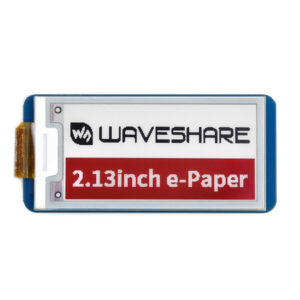
NOTE: Raspberry Pi Pico is NOT included. The pictures are for reference ONLY. 2.13inch E-Paper E-Ink Display Module (B) For Raspberry Pi Pico, 212�104 Pixels, Red / Black / White, SPI Interface SPI Timing: Note: Different from the traditional SPI protocol, the data line from the slave to the master is hidden since the device only has a display requirement. - CS is slave chip select, when CS is low, the chip is enabled. - DC is data/command control pin, when DC = 0, write command, when DC = 1, write data. - SCLK is the SPI communication clock. - SDIN is the data line from the master to the slave in SPI communication. SPI communication has data transfer timing, which is combined by CPHA and CPOL. 1. CPOL determines the level of the serial synchronous clock at an idle state. When CPOL = 0, the level is Low. However, CPOL has little effect on the transmission. 2. CPHA determines whether data is collected at the first clock edge or at the second clock edge of the serial synchronous clock; when CPHL = 0, data is collected at the first clock edge. - There are 4 SPI communication modes. SPI0 is commonly used, in which CPHL = 0, CPOL = 0. As you can see from the figure above, data transmission starts at the first falling edge of SCLK, and 8 bits of data are transferred in one clock cycle. Here, SPI0 is in used, and data is transferred by bits, MSB first. Working Protocol This product is an E-paper device adopting the image display technology of Microencapsulated Electrophoretic Display, MED. The initial approach is to create tiny spheres, in which the charged color pigments are suspending in the transparent oil and would move depending on the electronic charge. The E-paper screen display patterns by reflecting the ambient light, so it has no background light requirement. (Note that the e-Paper cannot support updating directly under sunlight). How to define pixels In a monochrome picture we define the pixels, 0 is black and 1 is white. - The dot in the figure is called a pixel. As we know, 1 and 0 are used to define the color, therefore we can use one bit to define the color of one pixel, and 1 byte = 8pixels - For example, If we set the first 8 pixels to black and the last 8 pixels to white, we show it by codes, they will be 16 bit as below: For computer, the data is saved in MSB format: So we can use two bytes for 16 pixels. For 2.13inch e-paper B, the display colors are red, black, and white. We need to split the picture into 2 pictures, one is the black and white picture, another is the red and white picture. When transmitting, because one register controls a black or white pixel, one controls Red or white display. The black and white part of 2.13 use 1 byte to control 8 pixels, and the red and white part use 1 byte to control 8 pixels. For example, suppose there are 8 pixels, the first 4 are red, and the back 4 are black: They need to be disassembled into a black and white picture and a red and white picture. Both pictures have 8 pixels, but the first four pixels of the black and white picture are white, the last 4 pixels are black, and the first 4 pixels of the red and white picture One pixel is red, and the last four pixels are white. If you define that the data of white pixel is 1 and the black is 0, then we can get: So that we can use 1 byte to control every eight pixels. User Guides, Resoures, please check HERE
Product SKU: 19588
Product Brand: Raspberry Pi
Product Currency: NZD
Price Valid Until: 1970-01-01
Product In-Stock: SoldOut
Additional information
| Brand | |
|---|---|
| Part Number | |
| MPN |
Only logged in customers who have purchased this product may leave a review.

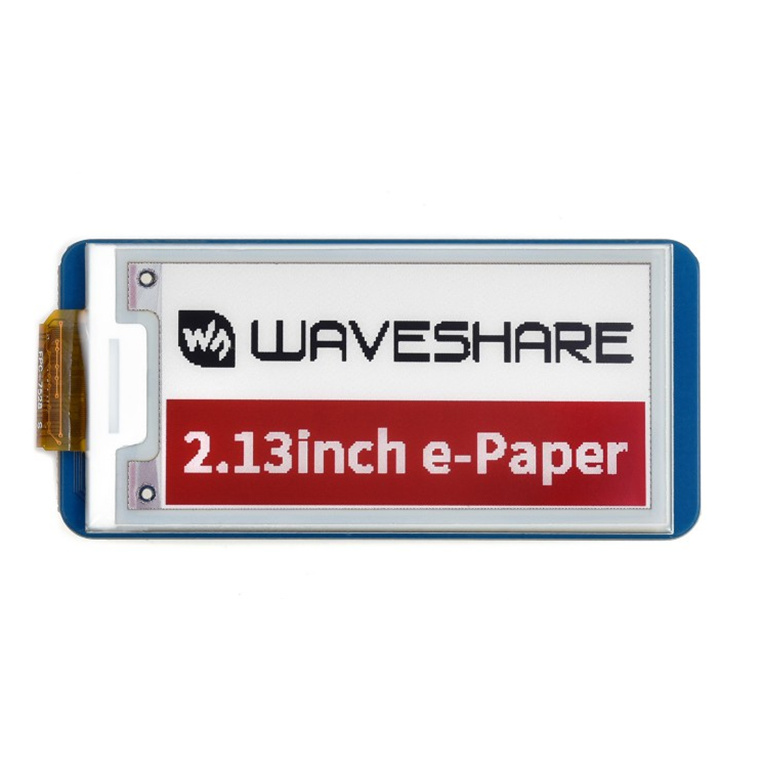
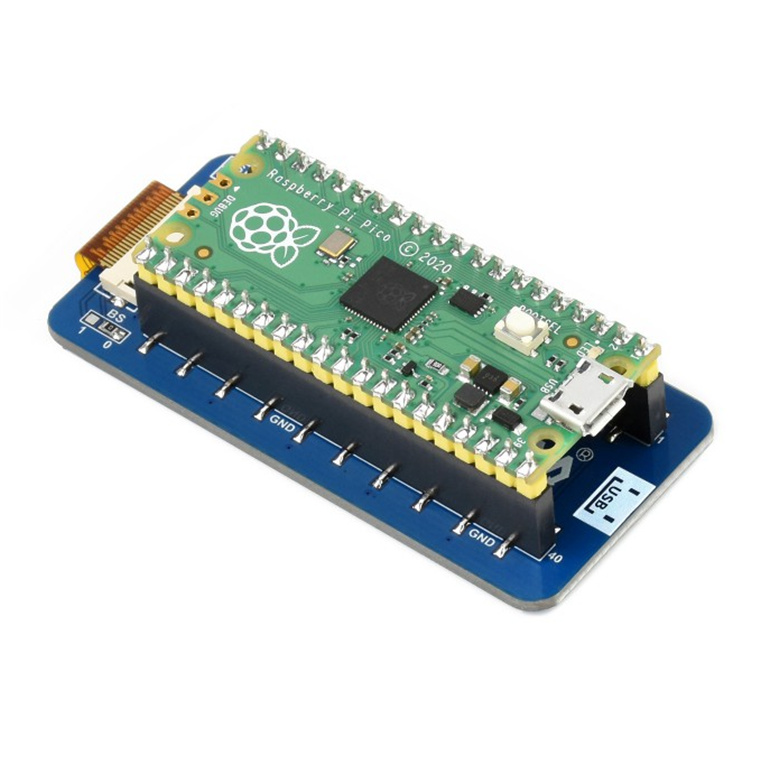
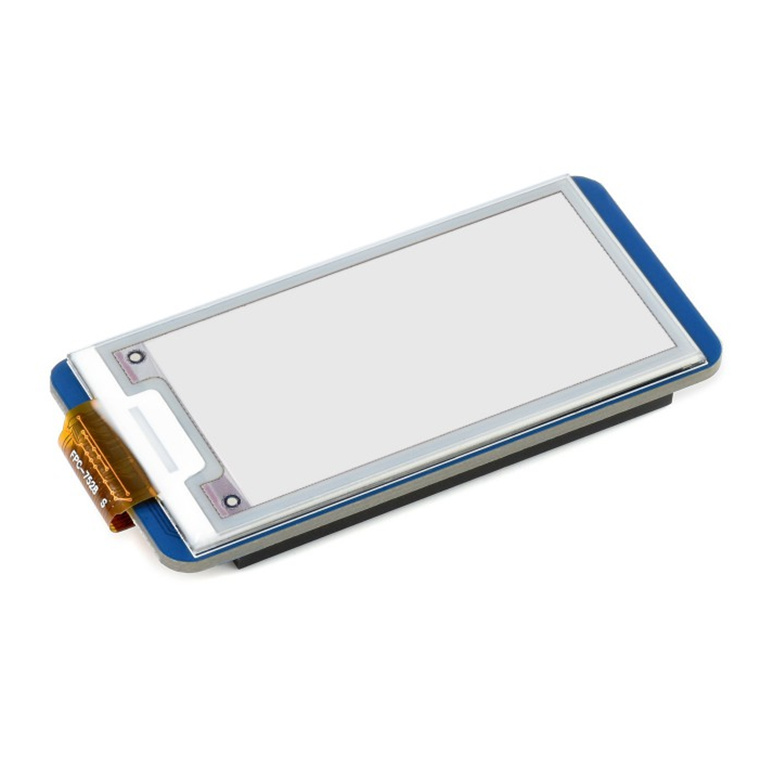
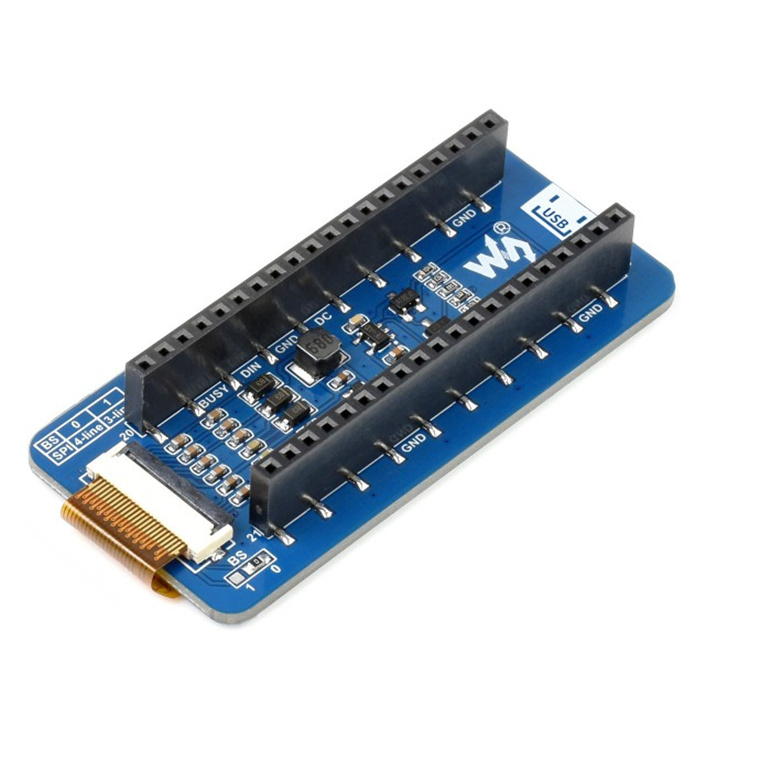
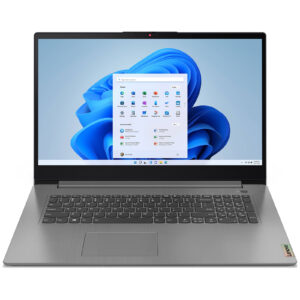
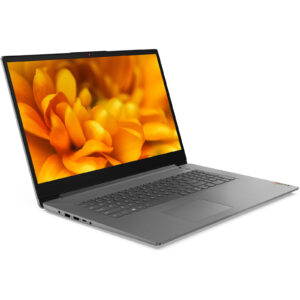
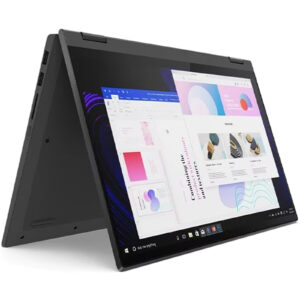
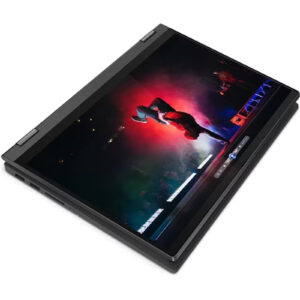
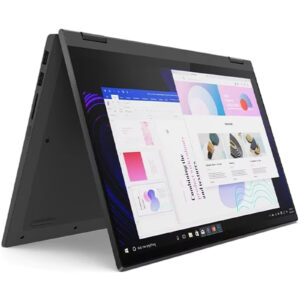
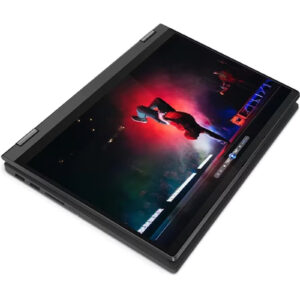
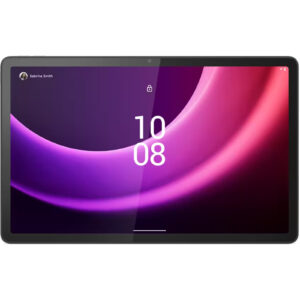
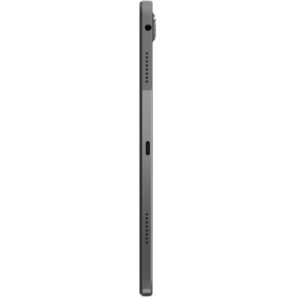
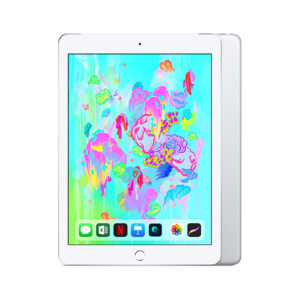
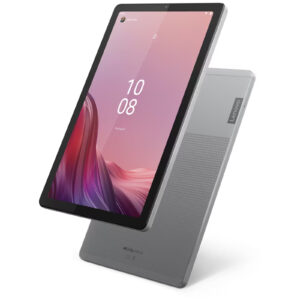
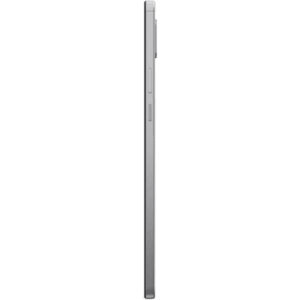
Reviews
There are no reviews yet